Here are The Five Most Lethal Weapons In The Military History Of India
Jyotis - May 23, 2019
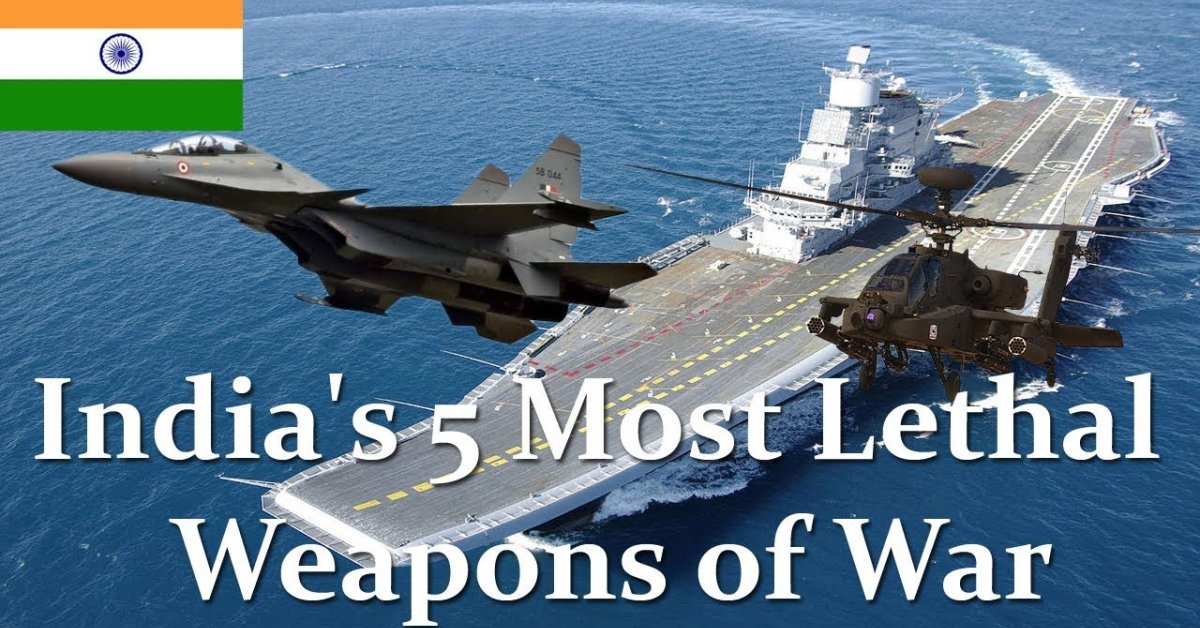
More importantly, Pakistan and China are allies of each other, pushing India into an unprecedented danger. That’s why India has to focus much on developing lethal weapons as an effective method of self-defense.
- Designed By A Varanasi Man, This 'Iron Man' Suit Aims To Help Indian Army Soldiers
- The Armor Of The Indian Soldiers At Different Periods In History
- Here Is A List of Top 7 Defence Tech Startups In India
India’s geographic position turns the country into a lucrative target for many other countries in the world. Two of its biggest rivals are Pakistan and China, and both of them are armed with nuclear weapons.
As a part of the British Raj, Pakistan sparked the first war with India in 1947. Until now, these countries have experienced four different wars and are seemingly about to begin the fifth war.

In terms of another big rival – China, the country and India had a fierce border war in 1962. After that, the Chinese military has grown stronger and stronger, expanding the battlefield from the ground to the air, at sea, and in space.
More importantly, Pakistan and China are allies of each other, pushing India into an unprecedented danger. That’s why India has to focus much on developing lethal weapons as an effective method of self-defense.
Here are the five most lethal weapons in the military history of India:
1. AH-64D Apache Block III Helicopter

It’s not difficult to comprehend why the AH-64D Apache is chosen as India’s attack helicopter, especially when considering manpower issues and modern technology. As one of the most impressive weapons in the world, Apache is famous for its flexibility. It can join the war with tanks in a common war, as well as chase after guerrillas in a counterinsurgency campaign.
With the AH-64D Apache, the Indian military can make use of a millimeter-wave radar – that is mounted on the helicopter’s mast – to detect armored vehicles and shoot them down with a chain gun, Hydra 70 rockets with the diameter of 2.75 inches, and Hellfire missiles. Also, a built-in thermal imaging sensor allows it to find out insurgents more easily.
The AH-64D Apache is different from many various attack helicopters because of its outstanding combat record such as eliminating Taliban in Afghanistan and destroying armor suit in Iraq.
2. INS Vikramaditya – a modified Kiev-class aircraft carrier
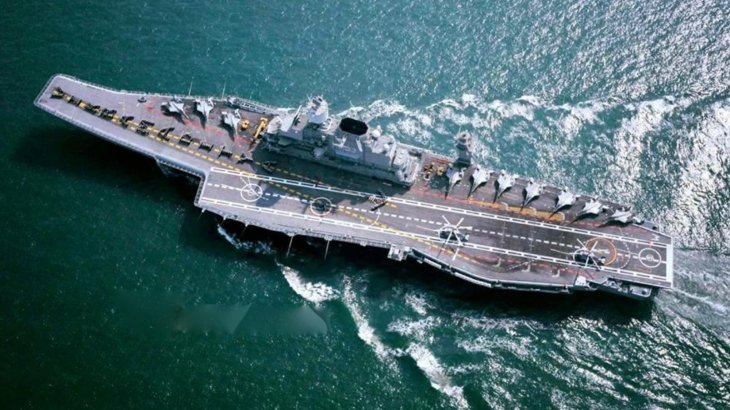
The latest aircraft carrier officially put into operation since November 2013 and has turned the Indian Ocean into its real home. In case the war happens, the INS Vikramaditya will probably become one of the most powerful weapons to blockade the largest port of Pakistan, Karachi, as well as sever the economic lifeline that connects China with the Persian Gulf.
The 282-meter Vikramaditya is around 20% smaller than Liaoning, the Chinese Type 001 aircraft carrier. However, India’s military ship has a wide range of applications. Its air wing helps itself to execute many kinds of different warfares from anti-submarine to anti-surface, anti-ship.
3. BrahMos Anti-Ship Cruise Missile
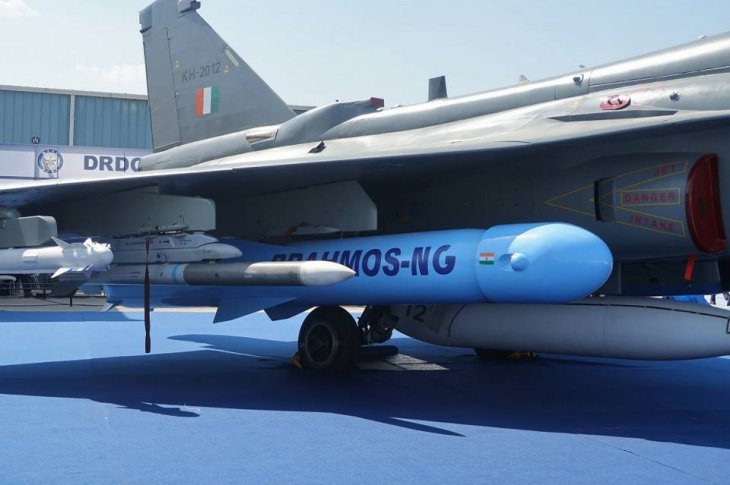
Developed in the joint project between India and Russia, this supersonic missile can be launched from aircraft, ships, land, to submarine. Until now, it still belongs to the list of the most modern weapons all over the world. The BrahMos is highly appreciated due to its capability to aim at targets at sea and on land with impressively high precision.
Another name of this anti-ship missile is a “sea-skimmer” because it can fly right on the top of waves, and therefore, its enemies just receive the warning sign before about 35 seconds. The BrahMos doesn't just reach the Mach 3 speed but it is also equipped with a high-explosive warhead.
The BrahMos’s advantages of hitting power and speed make the Pakistani Navy nervous, especially when the surface ships of the force have a lot of limits on the capability to defend air space. The same situation also happens to the Chinese Navy if it doesn’t want to face a Mach 3 cruise missile, submarines, and destroyers at the same time.
4. Sukhoi Su-30MKI Fighter
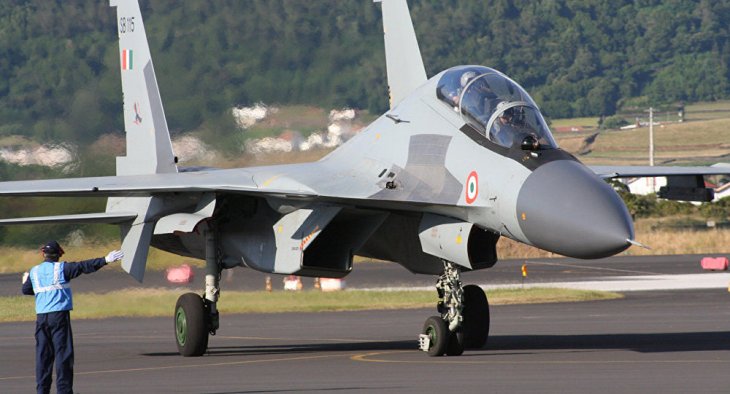
With the original design from the 1970s, the Su-30MKI still belongs to the list of the latest fighters in India. It is a variant of Sukhoi Su-30 manufactured by Russia’s Sukhoi and India’s HAL. Refined from the Su-27 Flanker, it obviously has a lot of improvements compared to the predecessors.
The fighter sports a robust radar and 12 hard points that are used to attach weapons. In terms of air-to-air missiles, the twinjet fighter has R-27 and R-77 radar-guided missiles and R-73 infrared guided missiles.
Until now, the Air Force owns 200 Su-30MKI fighters in service and 72 ones on order. In addition, Israel has modified some Su-30MKIs of the IAF to take into reconnaissance missions.
5. INS Chakra Nuclear-Powered Attack Submarine
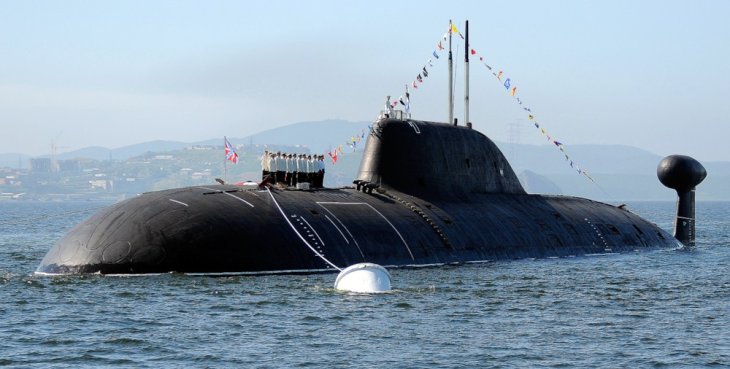
The Indian Navy signed a contract with Russia for a lease of a nuclear submarine called the INS Chakra during the next 10 years. And it is the first nuclear-powered attack submarine in India.
The 8,000-ton-weight INS Chakra was designed based on the Akula II class of the Soviet Union and is two times as large as the Type 209 manufactured by German or the Kilo class attack submarine which is made in Russia.
It is able to dive at a depth of 520 meters and travel at an average speed of 30 knots. Besides, the submarine is armed with 8 submarine tubes that can launch Kh-55 Granat cruise missiles, homing torpedoes, as well as Shkval super-cavitating torpedoes which can move at the speed of 220 knots.
In the wartime, the submarine is often used to detect and aim at key weapons of enemies including destroyers, submarines, and aircraft carriers of Chinese Navy and submarines of Pakistani Navy.
The development of lethal weapons is a compulsory part of any country in the world and India is not an exception. Such these weapons may not be for the purpose of attacking other countries, but at least, they help the countries to protect their boundaries from enemies.
Featured Stories

Features - Jul 01, 2025
What Are The Fastest Passenger Vehicles Ever Created?

Features - Jun 25, 2025
Japan Hydrogen Breakthrough: Scientists Crack the Clean Energy Code with...

ICT News - Jun 25, 2025
AI Intimidation Tactics: CEOs Turn Flawed Technology Into Employee Fear Machine

Review - Jun 25, 2025
Windows 11 Problems: Is Microsoft's "Best" OS Actually Getting Worse?

Features - Jun 22, 2025
Telegram Founder Pavel Durov Plans to Split $14 Billion Fortune Among 106 Children

ICT News - Jun 22, 2025
Neuralink Telepathy Chip Enables Quadriplegic Rob Greiner to Control Games with...

Features - Jun 21, 2025
This Over $100 Bottle Has Nothing But Fresh Air Inside

Features - Jun 18, 2025
Best Mobile VPN Apps for Gaming 2025: Complete Guide

Features - Jun 18, 2025
A Math Formula Tells Us How Long Everything Will Live

Features - Jun 16, 2025
Comments
Sort by Newest | Popular